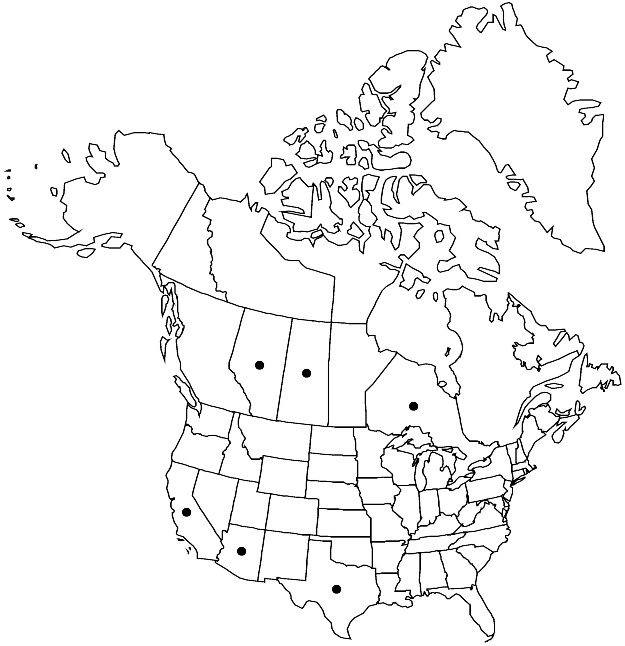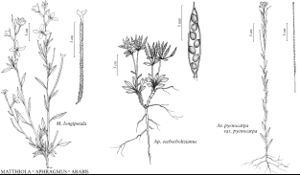Difference between revisions of "Matthiola longipetala"
Syst. Nat. 2: 174. 1821.
FNA>Volume Importer |
imported>Volume Importer |
||
| Line 41: | Line 41: | ||
|elevation=700-1300 m | |elevation=700-1300 m | ||
|distribution=Alta.;Ont.;Sask.;Ariz.;Calif.;Tex.;Europe;c;w Asia;n Africa;introduced also in Australia. | |distribution=Alta.;Ont.;Sask.;Ariz.;Calif.;Tex.;Europe;c;w Asia;n Africa;introduced also in Australia. | ||
| + | |introduced=true | ||
|discussion=<p><i>Matthiola longipetala</i> is sporadically naturalized in North America and Australia.</p> | |discussion=<p><i>Matthiola longipetala</i> is sporadically naturalized in North America and Australia.</p> | ||
|tables= | |tables= | ||
| Line 65: | Line 66: | ||
|publication year=1821 | |publication year=1821 | ||
|special status= | |special status= | ||
| − | |source xml=https:// | + | |source xml=https://bibilujan@bitbucket.org/aafc-mbb/fna-data-curation.git/src/bb6b7e3a7de7d3b7888a1ad48c7fd8f5c722d8d6/coarse_grained_fna_xml/V7/V7_333.xml |
|tribe=Brassicaceae tribe Anchonieae | |tribe=Brassicaceae tribe Anchonieae | ||
|genus=Matthiola | |genus=Matthiola | ||
Revision as of 23:56, 27 May 2020
Annuals; sparsely to moderately pubescent, (glandular papillae present or not). Stems erect or ascending to decumbent, (1–)1.5–5(–6) dm, pubescent, (glandular or not). Basal leaves not forming vegetative rosettes. Cauline leaves: petiole to 2 cm or (distal) sessile; blade linear-lanceolate to lanceolate or oblanceolate, (2–)3.5–8(–11) cm × 2–10(–20) mm (smaller distally), base attenuate to cuneate, margins usually pinnatisect to sinuate or dentate, rarely entire or subentire. Fruiting pedicels divaricate to divaricate-ascending, straight, (0.5–)1–2(–3) mm, nearly as thick as fruit. Flowers: sepals narrowly oblong, (7–)8–11(–12.5) × 1–2 mm; petals usually purple, pink, yellow, or brown, rarely white, oblong to linear-lanceolate, (15–)18–23(–27) × 2–4(–5) mm, claw 7–13 mm, (margin crisped), apex subacute to obtuse; filaments 4–6 mm; anthers 2.5–3.5 mm. Fruits ascending to divaricate or, rarely, descending, straight, terete, (2.5–)4–8.5(–10) cm × 1–2 mm; valves pubescent, (often glandular); style obsolete to 3 mm; stigma horns 2, straight or curved upward, sometimes reflexed, 2–8(–12) mm. Seeds suborbicular to oblong or ovate, 1–2 × 0.8–1.2 mm; wing 0.1–0.2 mm. 2n = 14.
Phenology: Flowering Mar–Jun.
Habitat: Roadsides, disturbed areas, waste grounds, fields
Elevation: 700-1300 m
Distribution

Introduced; Alta., Ont., Sask., Ariz., Calif., Tex., Europe, c, w Asia, n Africa, introduced also in Australia.
Discussion
Matthiola longipetala is sporadically naturalized in North America and Australia.
Selected References
None.
